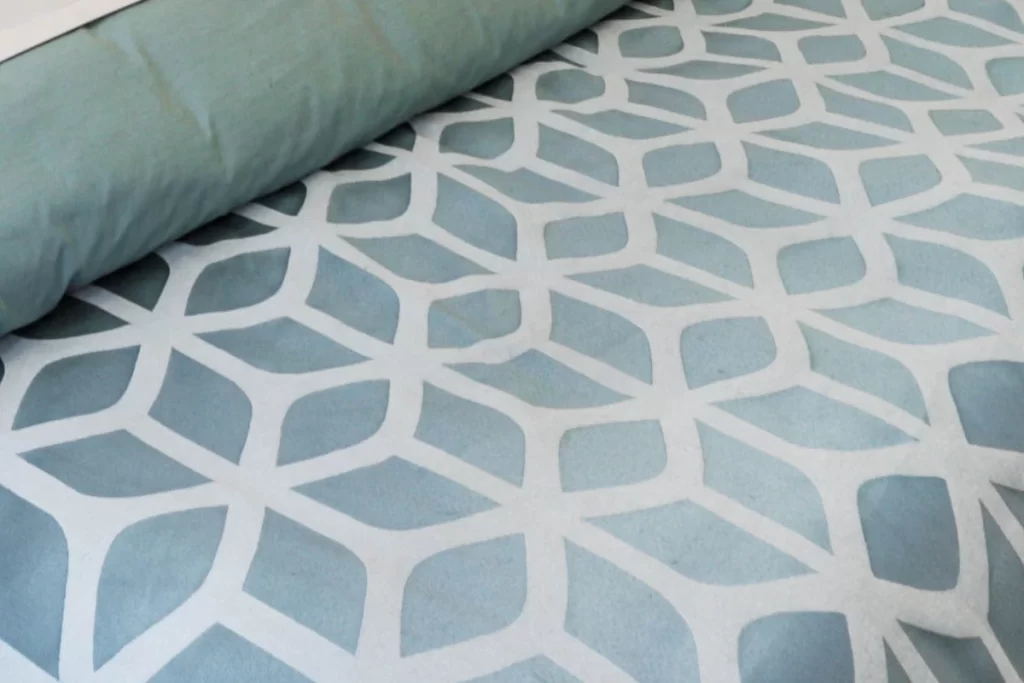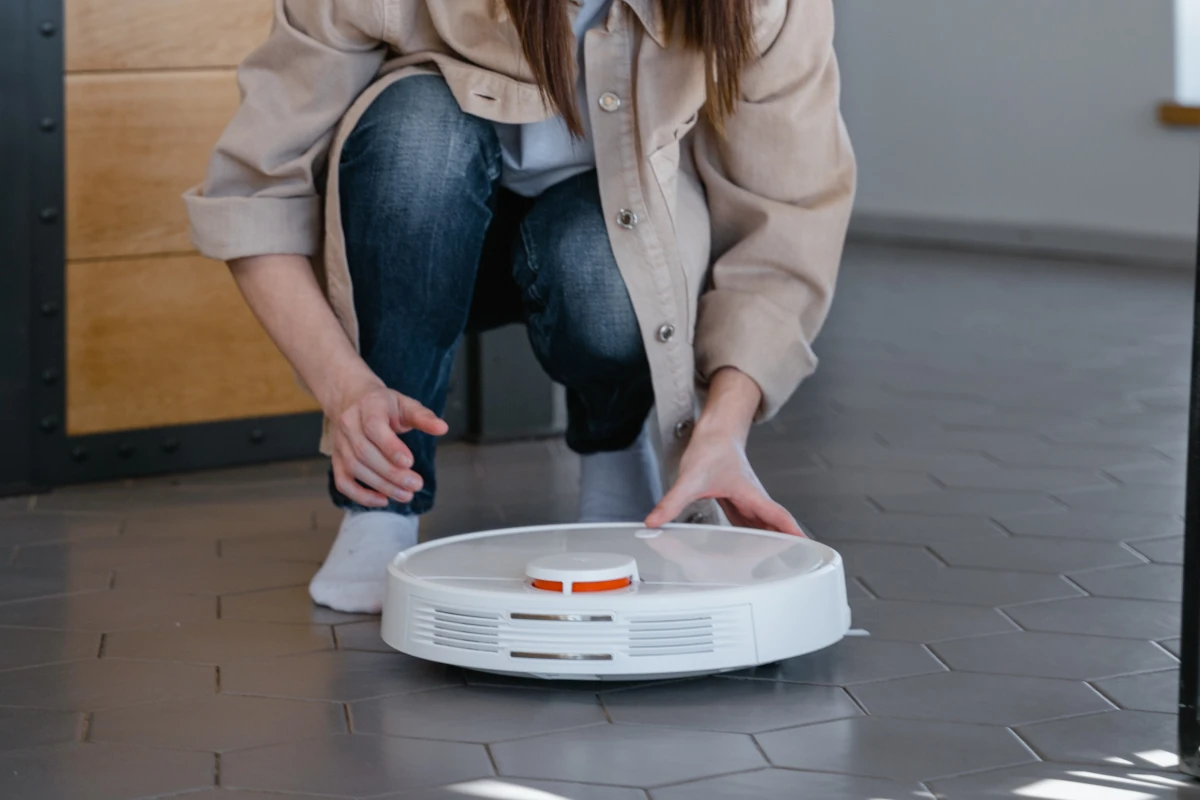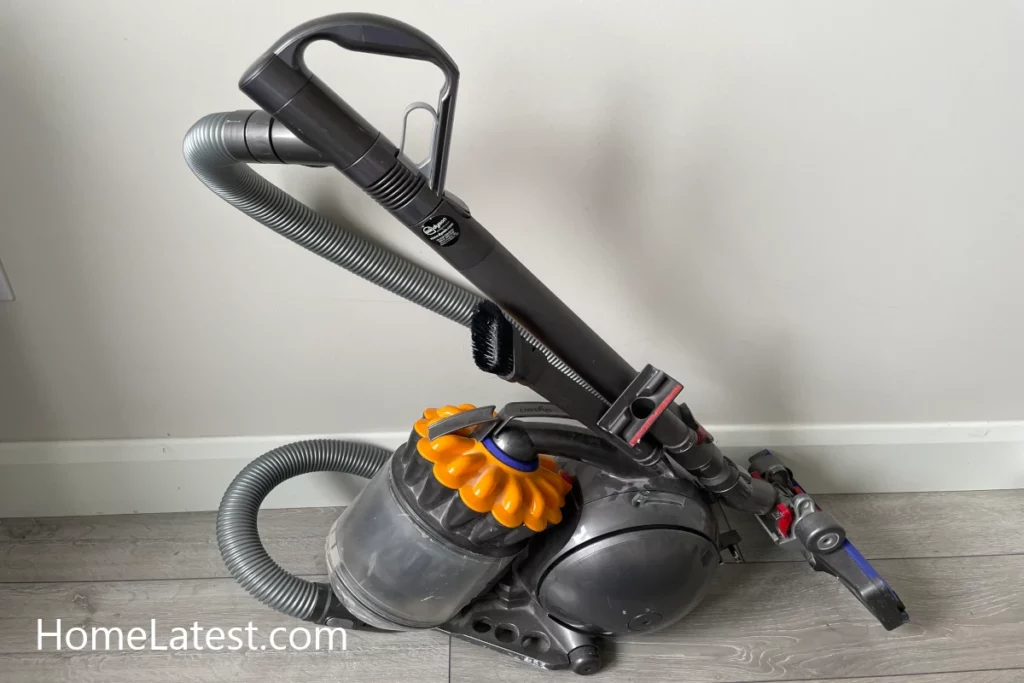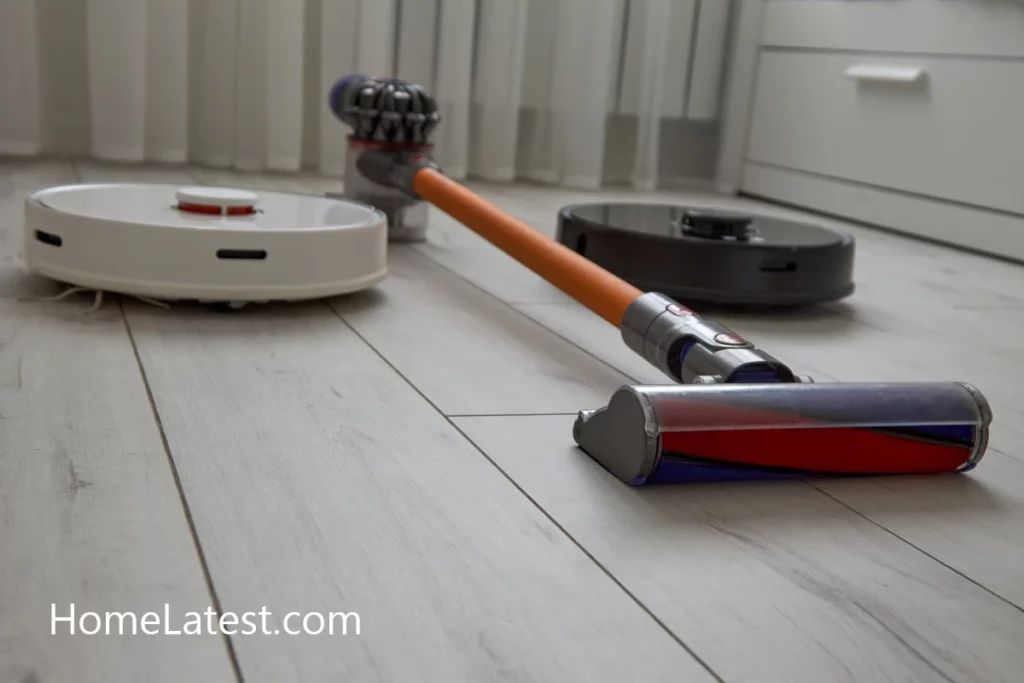Traditional windows are designed such that they prevent natural heat regulation. This can make your home feel uncomfortable during harsh winters and summers.
You might end up spending exorbitant amounts on electric heating and air conditioners to maintain a comfortable temperature in your rooms.
An average American spends around $200 to $400 annually on heating devices and cooling systems. These heating and cooling devices not only increase your electricity bills but are also harmful to the environment in the long run.
Do Window Blinds Or Covering Keep Heat In and Cold Out?
Yes, window coverings can keep heat in and cold out but will depend on the type of covering, the material used, and the location of the window. The right and modern materials for window coverings and blinds are designed to retain heat by expelling cold air and vice versa. The degree of effectiveness depends on the type of window and the glass used as well.
- Do Window Blinds Or Covering Keep Heat In and Cold Out?
- How Does Window Covering Keep Heat in and Cold Out?
- How To Block The Sun's Heat From Windows?
- Which Way Do You Turn Your Blinds to Retain Heat?
- Best Window Blinds/Coverings to Keep Heat In
- Best Window Blinds/Coverings to Keep Cold Out
- What’s the Best Way to Cover Your Windows for Winters?
- Why Should You Choose Window Coverings?
- Sources
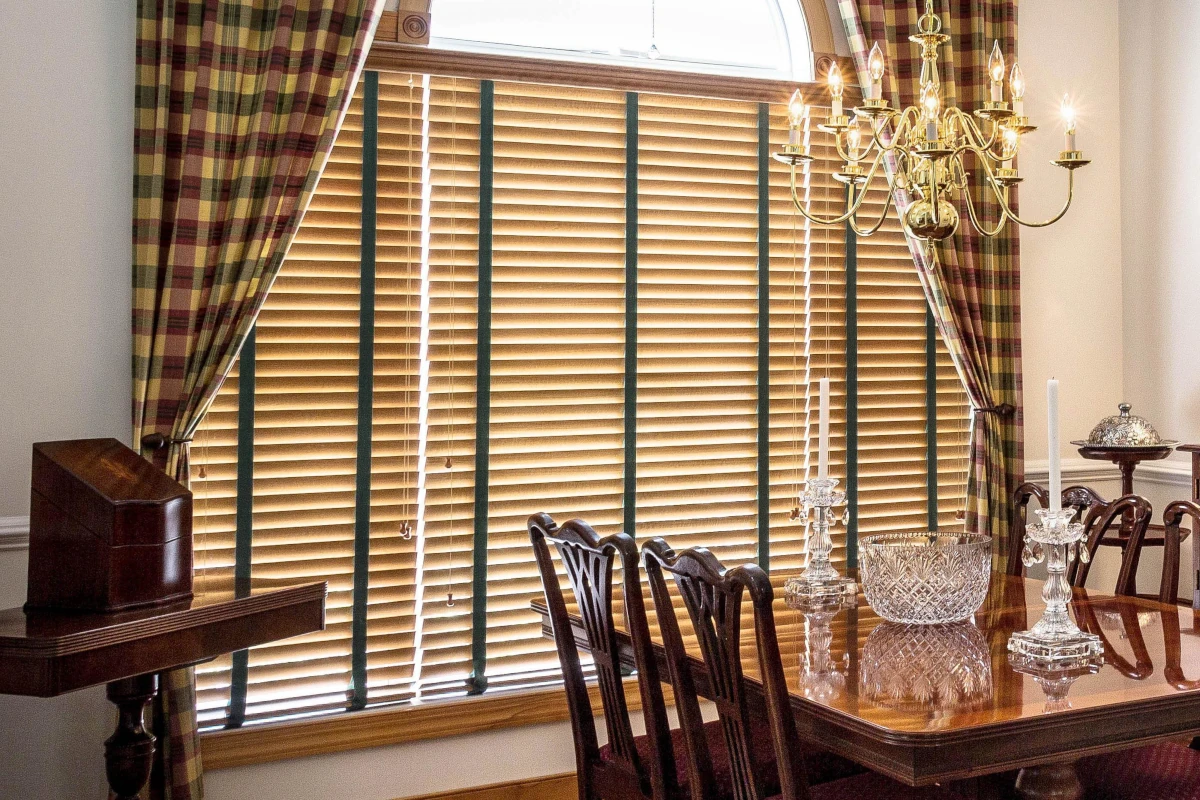
Investing in an environment-friendly and long-term solution, such as blinds or window coverings, is a wise decision. It will help you save money and keep your home comfortable.
Let’s learn more about how blinds and window coverings and blinds keep heat in and cold out!
Related:
- Are Window Blinds Necessary? (Must Read)
- Are Motorized Window Shades Expensive? (Might Surprise You)
- How To Remove Blinds Between Glass? (Explained)
How Does Window Covering Keep Heat in and Cold Out?
Window coverings are an energy-efficient solution to inconvenient temperature problems in your homes that are suitable for different climates.
They are a form of window treatment and are available in various types. Some of these include blinds, shades, awnings, draperies, curtains, and shutters.
They are easy to operate, have flexible adjustment options, allow privacy, and will eventually pay for themselves in the form of energy savings. Not to mention, they also add a nice aesthetic touch to your windows.
Energy-efficient window treatments help trap the sun’s heat during the daytime and use it to keep your home warmer during chilly evenings.
During winter, you can open the window coverings in the daytime to let natural sunlight in. The sun’s heat will insulate your home through the day. After sundown, you can close the window coverings again to prevent the heat from escaping.
Likewise, during summers, you can use window coverings during the day to keep harsh heat out.
How To Block The Sun’s Heat From Windows?
Excessively using air conditioners during summers to keep your rooms cool can really upset your finances.
Using the right blinds, shutters, shades, and other window treatments is a smart way to block harsh sunlight and substantially reduce heat gain while saving a ton of money.
There are several window coverings you can choose from to block the heat out.
- Exterior or Outdoor Shades
These can help obstruct unwanted heat and help you cut down on air conditioning bills. They reduce solar gain, filter out UV light, and reduce your room’s interior temperature.
- Plantation Shutters
Plantation shutters are another excellent way to block excess heat. They are made of solid polymer material, which is maintenance-free and can withstand high temperatures without cracking, peeling, or warping.
- Horizontal Blinds
Horizontal blinds are a pocket-friendly alternative to plantation shutters. They are designed to withstand harsh sunlight and can resist fading, yellowing, and warping.
- Window Awnings
Awnings are another great option to reduce solar gain on the south and west-facing windows. For best sunlight reflection, choose awnings in light colors.
Which Way Do You Turn Your Blinds to Retain Heat?
Winters are a wonderful time to huddle with your family in the living room and enjoy a cup of delicious hot chocolate.
However, winter drafts can be a problem. Home windows are designed such that some internal heat is inevitably lost through them. You want to make sure that you and your family are well-protected against the chilly winds.
However, lighting, privacy, and airflow requirements can alter throughout the day, bringing up the question – which way should you turn your blinds?
In order to keep the room warm during winters, it is ideal to keep the blinds turned down, i.e., with the round side facing in. This way, the blind slats help maintain warmer temperatures without letting too much light in during the daytime.
The rounded side of the blinds would be facing the room so that the sun’s heat would be directed towards the center of the room. This helps conserve energy and reduce energy costs in winters.
Best Window Blinds/Coverings to Keep Heat In
There are several window covering options available in the market. It can get slightly confusing to decide which one would be ideal for your home.
We’ve put together a list of the three best ones that we are sure your windows will love.
- Thermal Drapes
Thermal drapes can keep you warm all winter by layering your windows. The layered curtains trap air in the fabric and create a hot air barrier which leads to insulation.
By reducing thermal transference, these drapes ensure that the temperature outside your windows will not affect the temperature in your homes. This would help in keeping your home atmosphere pleasant even during the chilly winters.
- Roman Shades
Roman shades are made of thick material and have sealed edges that help in retaining the heat during winters.
You can also add a thermal backing to create a soft, comfortable atmosphere in your home in extreme weather conditions.
- Hardwood Shutters
Hardwood shutters insulate your home, protecting it from the heat as well as the cold and are environment-friendly. The shutter slats are available in various sizes and choices of hardware. They require additional hardware as they are mounted inside the window sill.
Closed hardwood shutters create a sealed, insulated space for your home that prevents heat or cold conversions from entering the room.
Best Window Blinds/Coverings to Keep Cold Out
To help you pick the right window coverings to keep cold out, we present some of the best options to choose from.
- Cellular Shades or Honeycomb Shades
Cellular or honeycomb shades have a honeycomb-shaped design that acts as an insulator and prevents heat from escaping. They are a great option if you are also style-conscious.
They have single and double-cell layering options. Double-cell shades provide greater insulation.
- Insulated Curtains
Insulated curtains are lined and reduce pressure on your Heating, Ventilation, and Air Conditioning (HVAC) System.
They sometimes have a magnetic strip at the edges, allowing them to stick to the window frame and create a tight barrier against the cold wind outside.
- Combination Window Coverings
You can customize your window coverings with different window treatment options. You could use a combination of drapes, shutters, roman shades, cellular shades, or horizontal blinds to maximize energy efficiency.
What’s the Best Way to Cover Your Windows for Winters?
You should start window treatment by weatherstripping your windows to prevent the wind from gushing through the doorways. Weatherstripping uses adhesive tape to seal the edges of the windows. Once this is taken care of, you can fix the window treatments that work best for your home and its interiors.
Some window coverings are available in motorized options that go beyond convenience and luxury. Automated solutions give you additional control by providing you with the comfort of opening and closing your coverings at the push of a single button.
You can also connect your window treatments to your smart home set-up, which can be extremely useful during summers when you want to block out the sun during the daytime. Insulate your windows before the winter kicks in to increase energy savings and make your living space cozier.
Why Should You Choose Window Coverings?
Window coverings are versatile in their utility, designs, and appearance. They are an energy-efficient investment saving you a huge amount of money annually on electricity bills while keeping your home feeling snug and looking beautiful.
Spending once on good-quality window coverings today will let you spend many summers and winters worry-free.
Sources
HOW TO GET YOUR WINDOWS WINTER-READY
Energy Efficient Window Coverings
Why Energy Efficiency Upgrades

